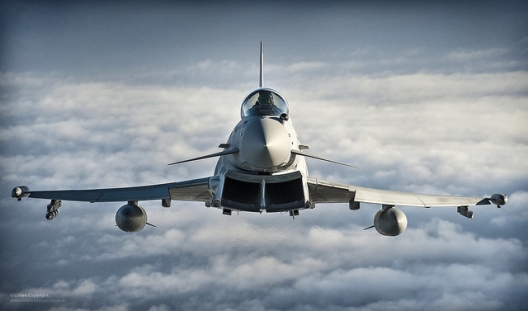 Development of a NATO standard allowing aircraft from different nations to use precision-guided munitions (PGMs) from various sources and countries could reach a draft memorandum of understanding this year.
Development of a NATO standard allowing aircraft from different nations to use precision-guided munitions (PGMs) from various sources and countries could reach a draft memorandum of understanding this year.
A multinational NATO Universal Armaments Interface (NUAI) group is scheduled to meet in the UK in mid-February to look at progress on the Canadian-led NUAI work, and officials say the aim is for a draft memorandum on an agreement to be released early this year and for approval in 2015.
The weapons standardization effort is part of a two-prong NATO initiative to avoid the problems highlighted in the 2011 mission against the Gadhafi regime in Libya, where some coalition air forces ran low on precision weapon stocks during the seven-month campaign.
The second study, led by Denmark, is looking at establishing a framework to strengthen international cooperation in procuring, storing and maintaining weapons. . . .
With a draft memorandum possibly just weeks away from release to NATO nations, it’s the NUAI work rather than the munitions cooperation scheme that is likely to attract immediate attention.
The NUAI is based on US-developed UAI software that has been tested on a Turkish F-16 fighter, but is not yet operational.
The project has attracted the attention of many of NATO’s key air forces. Aside from Canada, which is leading the effort, NATO nations Britain, France, Germany, Italy, Norway, Spain, Turkey and the US are involved, plus nonmember Sweden. . . .
A former Italian Air Force chief warned that any NATO plan to share munitions and convert aircraft to carry them would run up against a tough opponent.
“Bureaucracy will be the main hurdle here, a much tougher problem than any technical issues,” said retired Gen. Vincenzo Camporini, who became Italy’s chief of staff after running the Air Force, and is now a vice president at Italian think tank Istituto Affari Internazionali.
The PGM framework is expected to be useful for all nations involved, but particularly for countries that fly a single fighter type that use precision-guided munitions because it will give them the flexibility to use weapons from other nations.
A NATO official stressed that a lot of technical work was involved to ensure the software enabled different PGMs to be strapped to different aircraft.
“We need to be certain the software won’t malfunction; otherwise, it could lead to an unguided or faulty weapon,” he said.
“The idea behind the project is also to cut the time needed to fit a PGM to an aircraft, down from months as things stand to a matter of weeks,” he added.
In essence, the UAI will ensure that software in the aircraft’s targeting systems and weapons can talk to each other.
“NUAI is essentially ‘plug and play‘ from a software perspective. This saves time and cost, since no [or minimal] change to aircraft and weapons operational flight programs [i.e. aircraft and weapon software] would be needed,” the NATO official said.
“It does not reduce requirements for hardware integration, such as safe separation, form, fit and function, etc.,” he said.
Image: RAF Typhoon (photo: UK Ministry of Defense)

